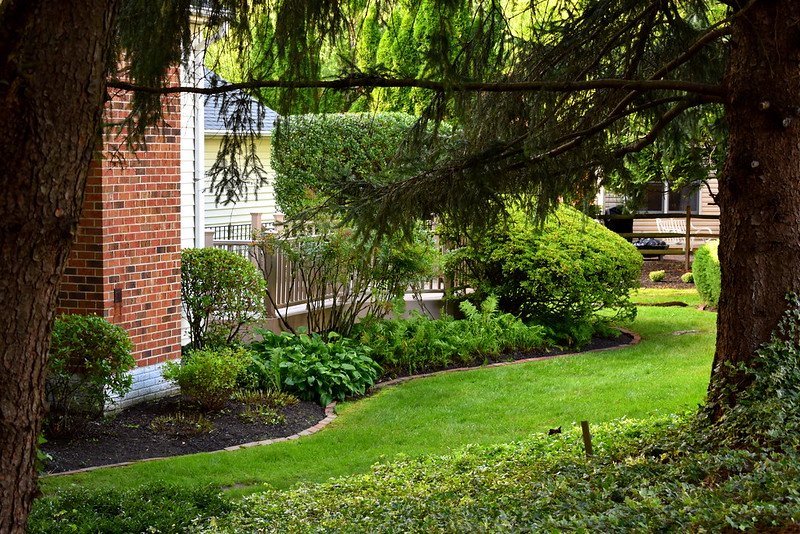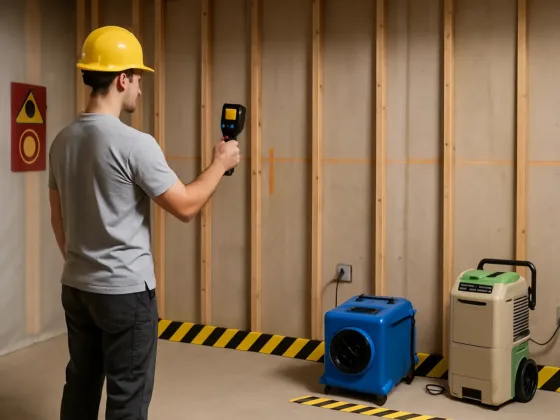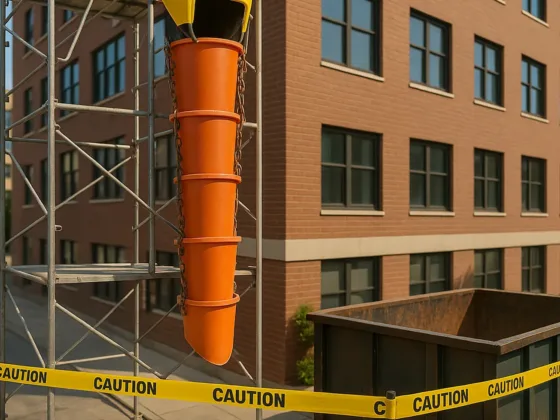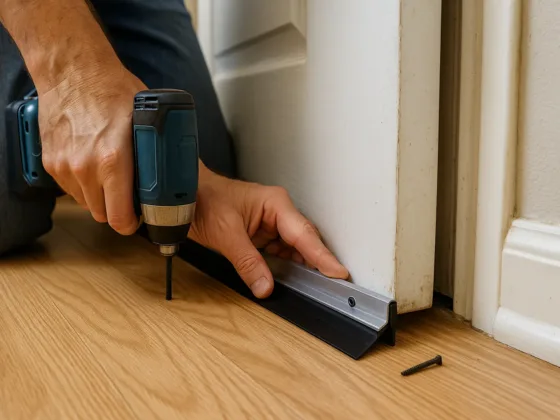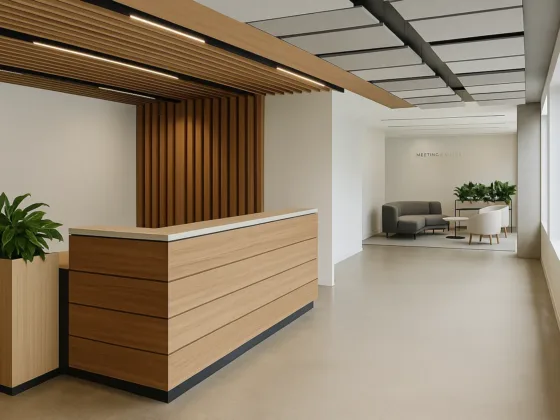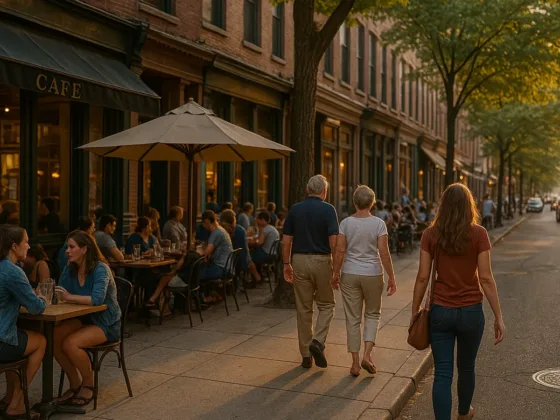Table of Contents Show
Water leaks behind walls don’t notify anyone. You can hardly see or hear them. Left undetected, they can amount considerable damage to ceilings and floors.

Slow but hidden water leaks inside walls, creating damp spots eventually, a proper atmosphere for wood rot and mold buildup.
Despite having keen eyes for repair and maintenance, how do you stay ahead of the water that’s constantly seeping behind your walls? For one, you can contact water restoration experts in Vancouver, WA. However, opt to watch out for the following elements constantly:
Look for Discoloration on Walls
Outer wall surfaces tend to change color once the water starts leaking through. Inspect thoroughly for those points on your (drywall, wallpapered wall, or wooden wall) that are tarnished.
The color can be washed out slightly or lightened up relative to vicinity areas. Also, the discolored areas are more likely to have irregular shapes.
Check Areas with Different Textures
If your wall has a hidden water leak, it’s more likely to have a bubble-like texture. The leaking water distorts their normal shapes. And in the case of their paint or wallpaper, they are likely to buckle and twist, developing rips (or bubble-like) structures.
Drywalls that are waterlogged tend to sag downwards. Drooping sections of tiny bubbles can suggest leakage in your drywall. Walls with extreme leakages are most likely to curve outward. Drywall tends to buckle from the inward pressure of saturated water.
Read Also:
Presence of Mold and Mildew
Mold and mildew thrive in/on walls that have long-term leakages. They can grow outside or from within the wall.
Young mold will appear as close-packed bundles of brown or black dots. Some are hidden from eyesight and tend to grow inside a water-saturated wall.
Molds have adverse health concerns, including allergies. If you notice a dense cluster of molds, remove it and call professionals to fix the issue.
Musty Smells
Although some leaks are hard to spot because they are hidden behind walls, you can detect them using your sense of smell. Water entering the wall hardly dries out. It eventually develops a humid, musty odor.
Look for other leakage factors (like discoloration) if your wall sends out a musty smell. Other walls may only hint at serious leakages via such odors. Thick drywalls can keep water (like sponges) without depicting leakage signs.
You Can Hear Dripping Sounds
You can still detect a water leak even though it lacks suggested damage. Pay attention immediately after closing, flushing your toilet, turning off your sink, or closing the shower.
It could suggest a leaking pipe if you hear a scarcely audible dripping sound from an adjacent wall. Plastic PVC piping tends to make the largest sound. In contrast, iron pipes (especially in older homes) hardly produce a dripping sound.
Unusual Water Bills
A good amount of water leaking behind your walls can significantly increase your monthly water bill. According to EPA reviews, a family of 4 should not exceed 12 000 gallons of water threshold in cold months.
What if you’re using more and can’t tell why? A water leakage behind walls can be a possible cause. Though it won’t suggest the exact spot, it can be a viable hint your wall is waterlogged.
Defective Plumbing
Water leakage can be a result of defective plumbing. Turn off all water-using appliances (including your faucets), then record the meter readings.
After a 3-minute-elapse, check your meter readings again and contrast them with the former recordings. If the reading has changed, you’re most likely experiencing an indoor plumbing issue with possible leaks. But if readings are similar, you may not have a leak (or, if available, other causes like roof leaks or seeping via basement walls are accountable.
Inspect Foundation Walls
Given the right chance, water can penetrate your structure via foundation walls. Foundation walls are significantly susceptible to cracks when they are waterlogged. That way, socked water can seep through and drain the inner basement.
You can fix a water leakage in your foundation wall externally or internally. Externally by sealing the underground section with a protective barrier or sealant.
Internally by removing damaged sections and patching cracks with epoxy. Finally, dig a trench around the foundation that blocks surrounding water.
Puddles of water Around Walls
This is the most suggestive hint you have a water leak behind your wall. Is the area around your carpet conspicuously wet? Or noticing an always-wet spot in your home? These are possible indicators water is seeping behind your wall. Start with areas near major appliances (like dishwashers and washing machines) or bathroom points like shower, toilet, sink, etc.
If you notice any of the above-mentioned signs, there is a possibility that you have a water leakage behind your wall. In such cases, it is best to call a professional to help you fix the issue.
